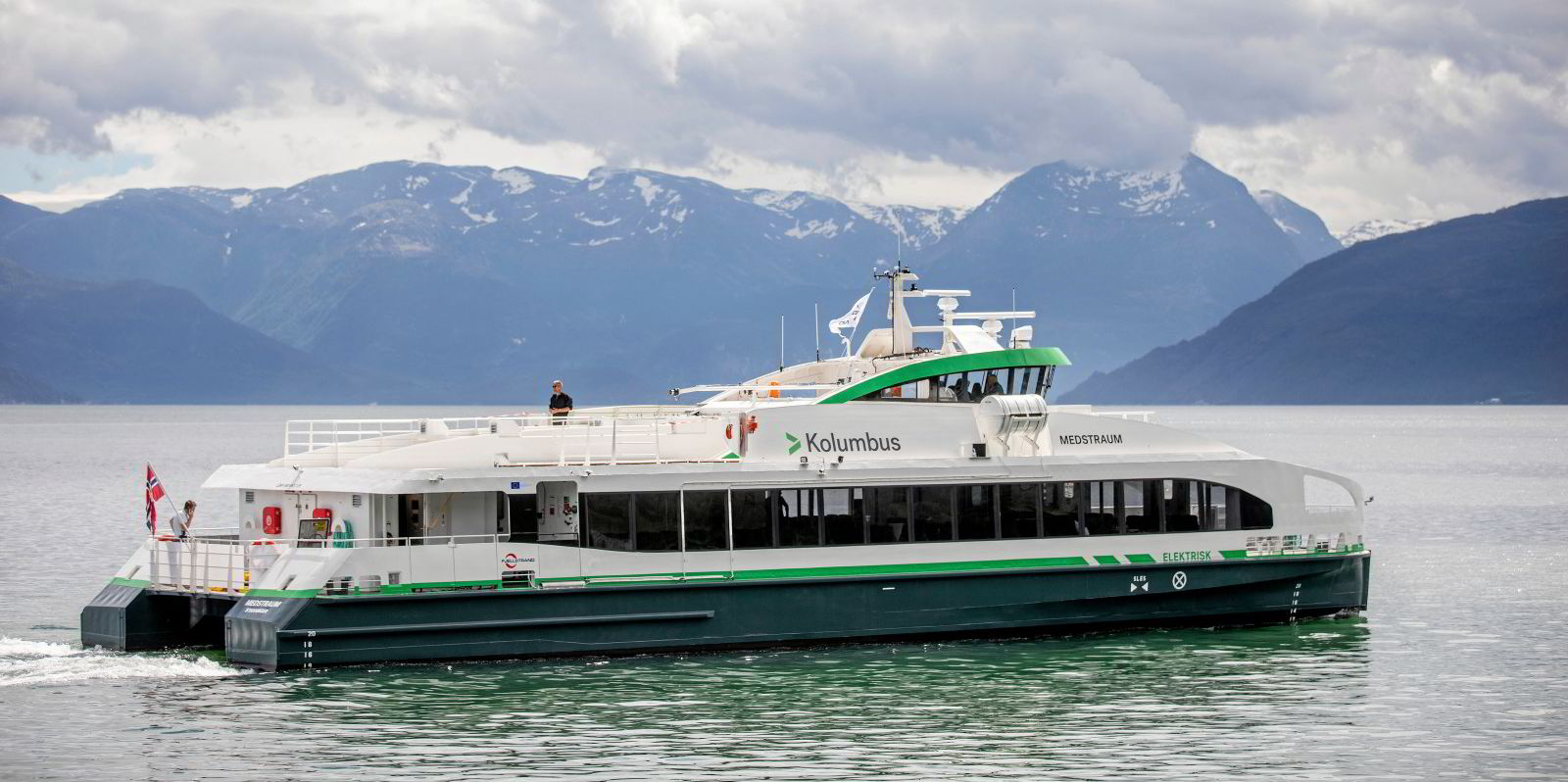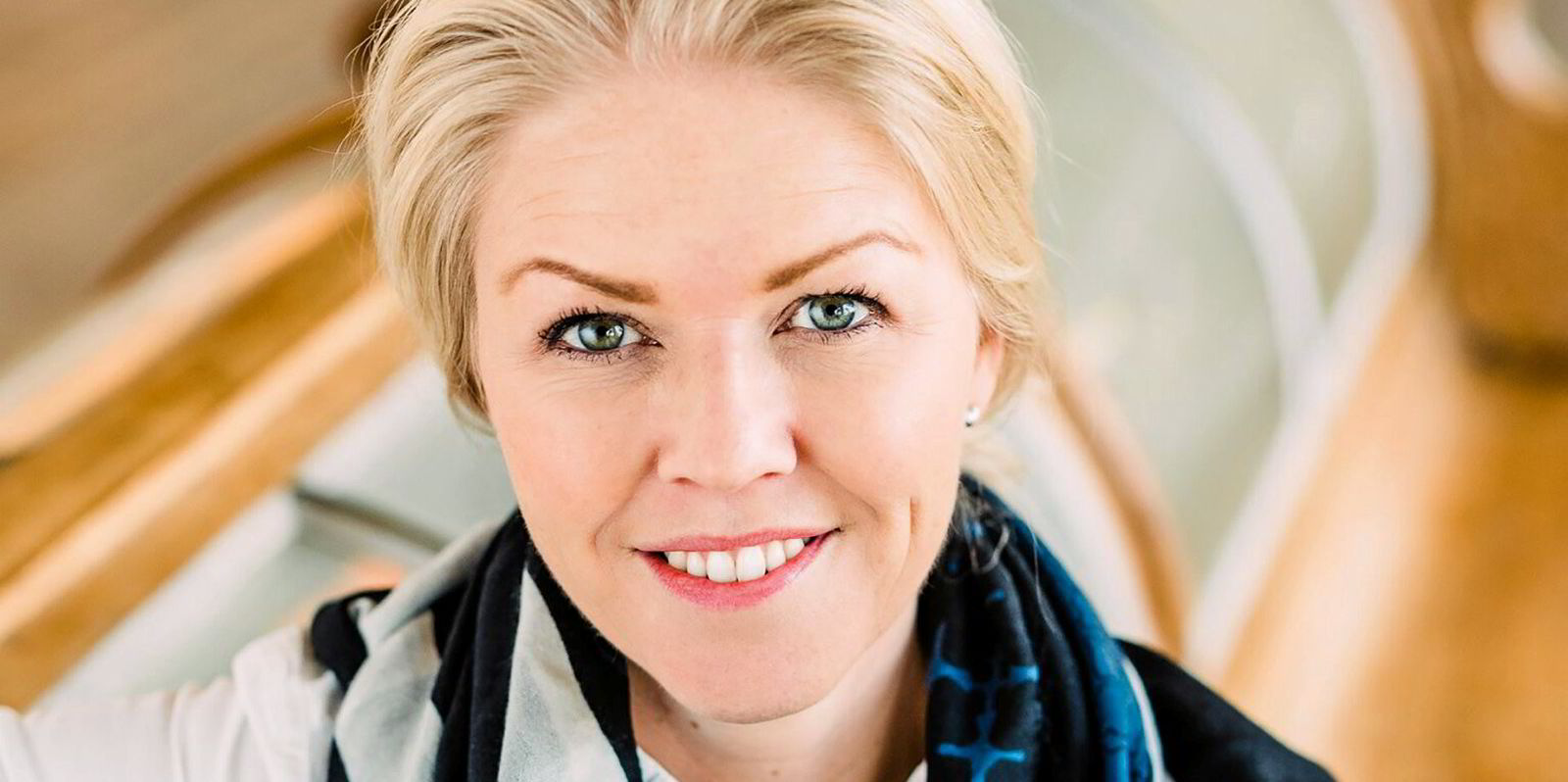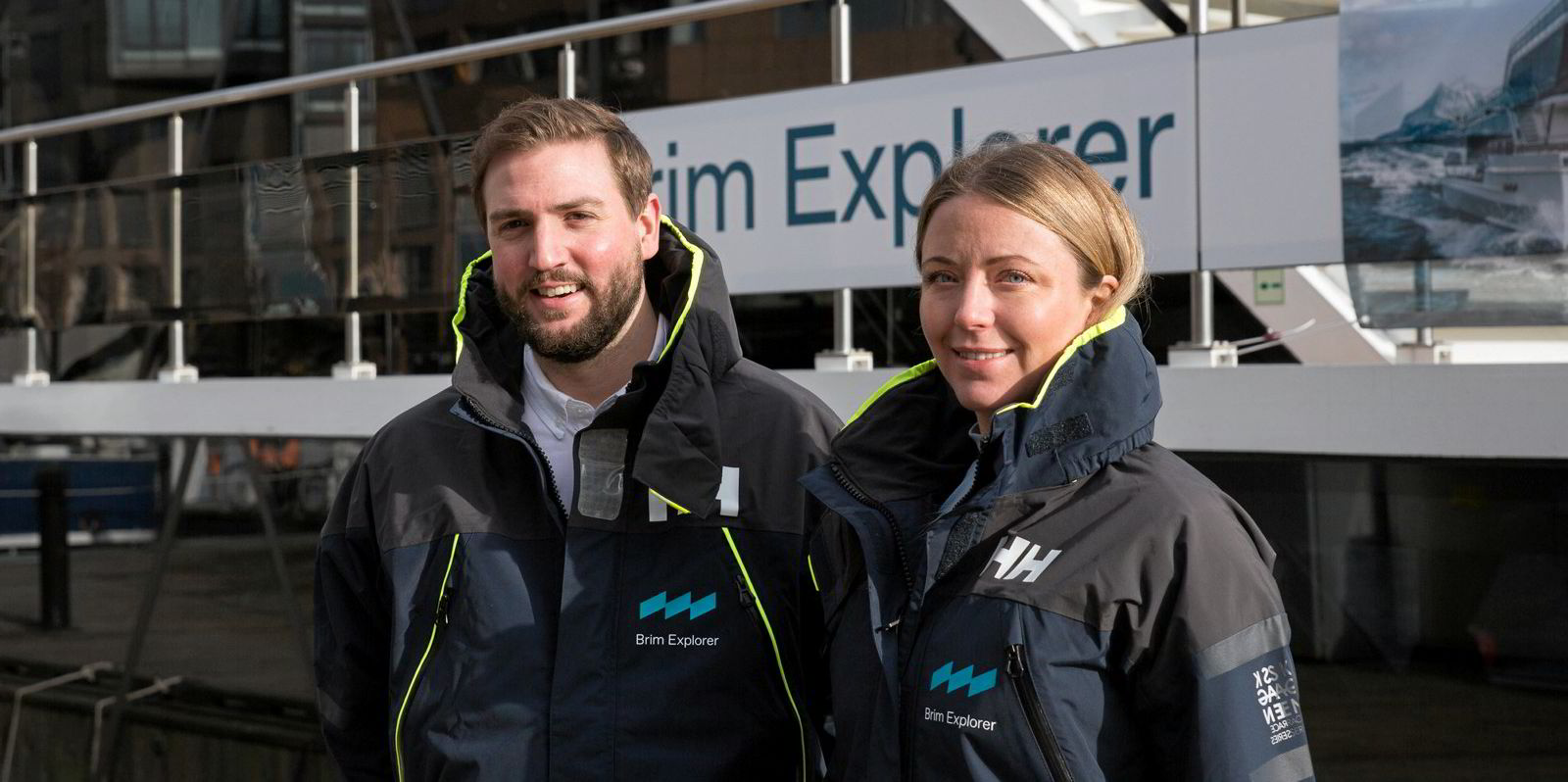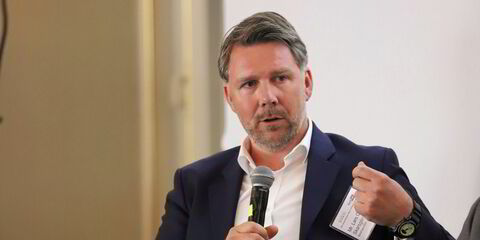Are we pioneers or sitting ducks? One might argue both ways after reading Brim Explorer co-founders Espen Larsen-Hakkebo and Agnes Arnadottir’s article in TradeWinds last month about the “over-engineering” of Norway’s electric ferries.
While the authors raise valid concerns about the challenges of electrifying the ferry fleet, their argument fails to recognise the monumental engineering achievements and the long-term benefits of this transition.
Taking a step back, we can appreciate the broader context of this transition and recognise the necessity for innovation and continuous improvement. The role of first movers in the transition to sustainable transportation is crucial, as they pave the way for further advancements.
It is important to understand that the Norwegian government’s initiative for electrifying ferries is driven by a competitive tender process, with operators and system integrators vying to provide the most cost-effective and energy-efficient solutions. In this environment, innovation thrives, and the result is a fleet designed to operate efficiently in the demanding Norwegian maritime environment.
Our engineers have risen to the challenge of designing vessels that are energy-efficient, capable of operating safely in harsh weather and optimised in every aspect, from hull design to propulsion systems. Furthermore, they are equipped with rapid charging systems to minimise downtime and meet demanding schedules.
The achievements of the Norwegian electric ferry industry should not be understated. These vessels are designed for heavy-duty operation, able to withstand thousands of charging cycles and maintain performance in a challenging environment. The lessons learned from this industry have the potential to revolutionise the global maritime sector, reducing emissions and paving the way for a greener future.
Critical infrastructure
Ferries in Norway are not just leisure vessels, but rather an essential part of the transport infrastructure, connecting towns and cities across its rugged coastline. In many cases, they serve as an extension of the road, carrying passengers, goods and vehicles, including heavy trucks and buses.
In such a critical transport system, redundancy is crucial to ensuring safety and reliability. This means the ferries must be designed with back-up systems and redundancies to ensure that they can continue to operate even if one component fails.

This is especially important in harsh environments and with tight schedules, where delay or breakdown can have significant consequences for passengers, businesses — or, in worst-case scenarios, the economy as a whole.
Furthermore, the tight schedules and high demand for ferry services mean they must be able to operate around the clock, in all weather conditions, without compromising safety or efficiency. This requires a high degree of system optimisation, including advanced propulsion systems, energy-efficient designs and rapid charging systems.

Therefore, while it may appear that Norway’s electric ferries are over-engineered, the reality is that they are designed to be reliable, safe and efficient in demanding conditions. The focus on energy efficiency and system optimisation is not a luxury but a necessity to ensure that these critical transport links can continue to operate and serve the needs of the people and businesses that depend on them.
It is worth noting that the expertise driving this change has been developed over 25 years of experience in the maritime electrical sector. Our engineers have consistently focused on cost-effectiveness, safety and ease of operation, always prioritising the needs of our customers.
Competitive tenders
The claim that these solutions are over-engineered and lack a focus on efficiency seems misguided, considering the stringent requirements and competitive nature of the tender process.
Norway has established itself as a global leader in maritime electrification solutions. Although exports of these solutions are currently limited, international markets, such as Singapore, are following Norway’s example, as evidenced by their new harbour craft regulations striving for net zero emissions by 2050.
Initiatives like this, along with many others worldwide, are certain to generate export opportunities for top electrification solution providers, many of which are based in Norway.
While it is essential to continue seeking improvements and addressing the challenges faced in the electrification of Norway’s ferries, it is equally important to acknowledge the progress made thus far. The domestic maritime industry is taking significant strides towards a sustainable future, and we at Norwegian Electric Systems are proud to contribute to this effort.
Siv Remoy-Vangen is managing director of Norwegian
Electric Systems, and the former chief executive of Maritime Bergen
Do you have an opinion to share?
Email: news@tradewindsnews.com




